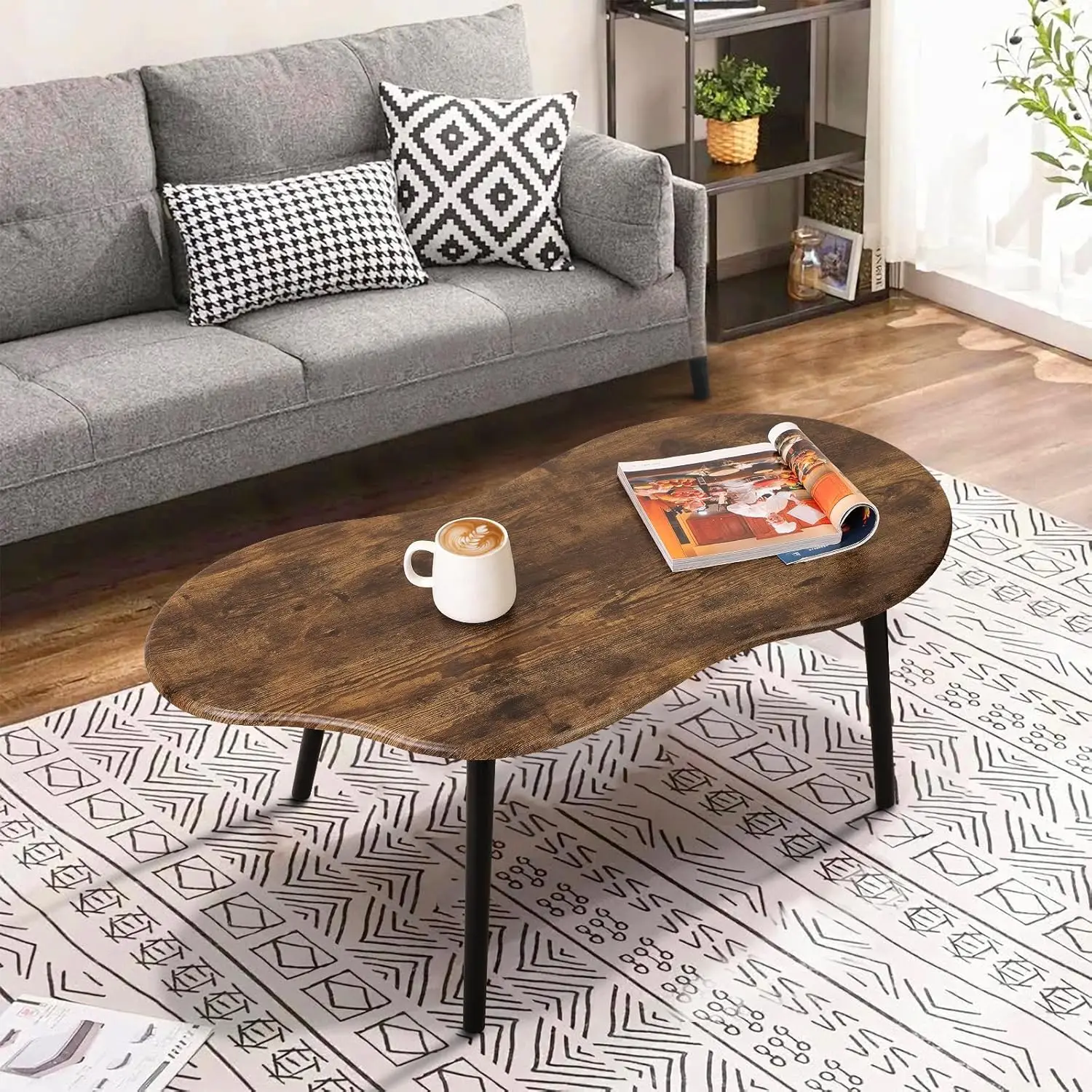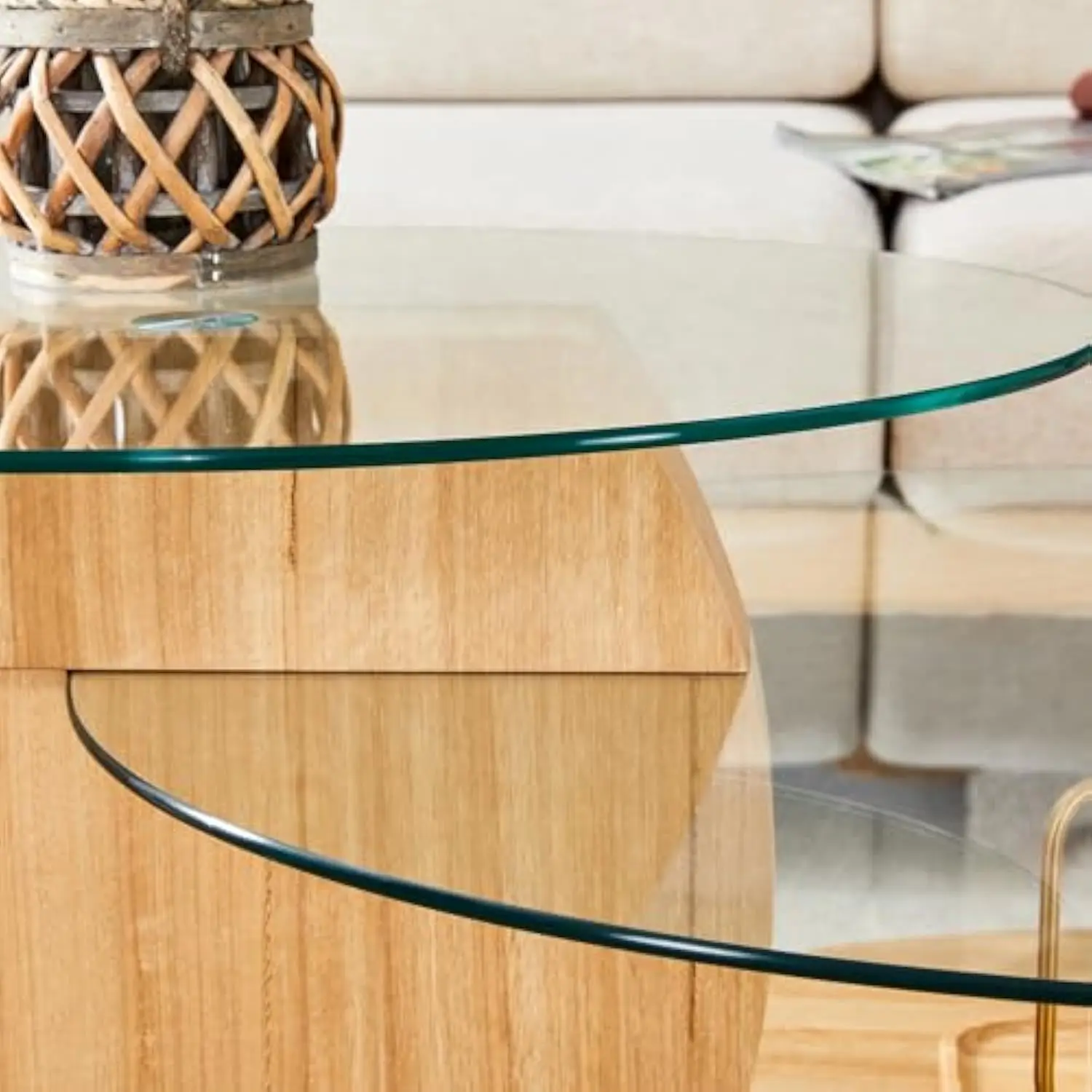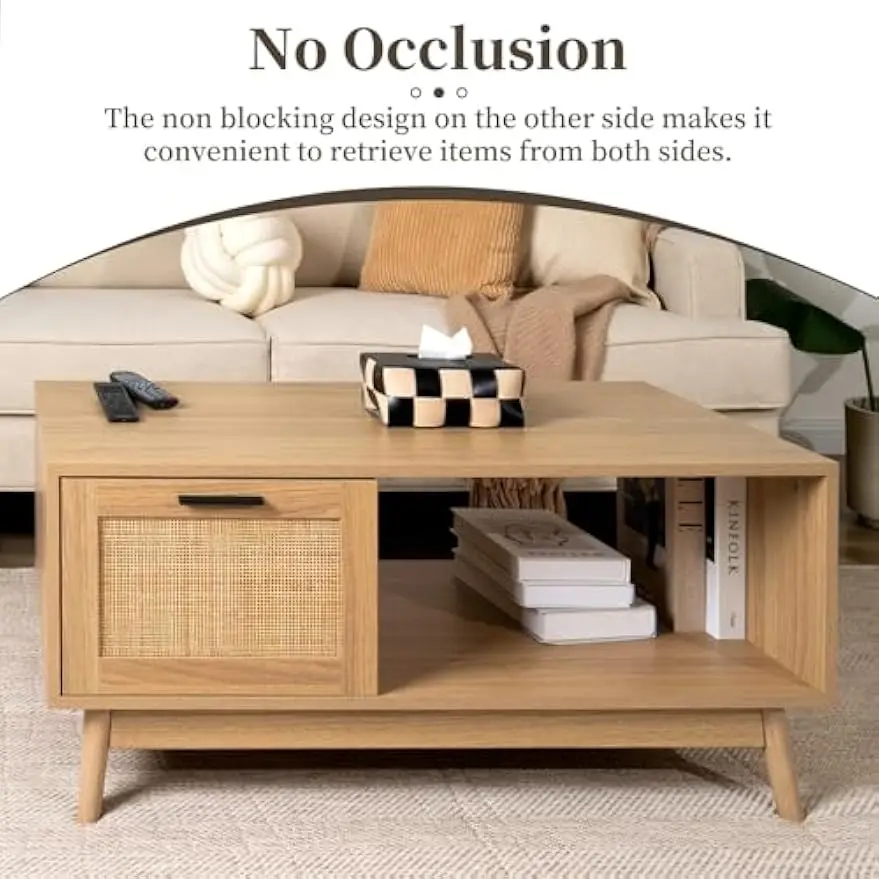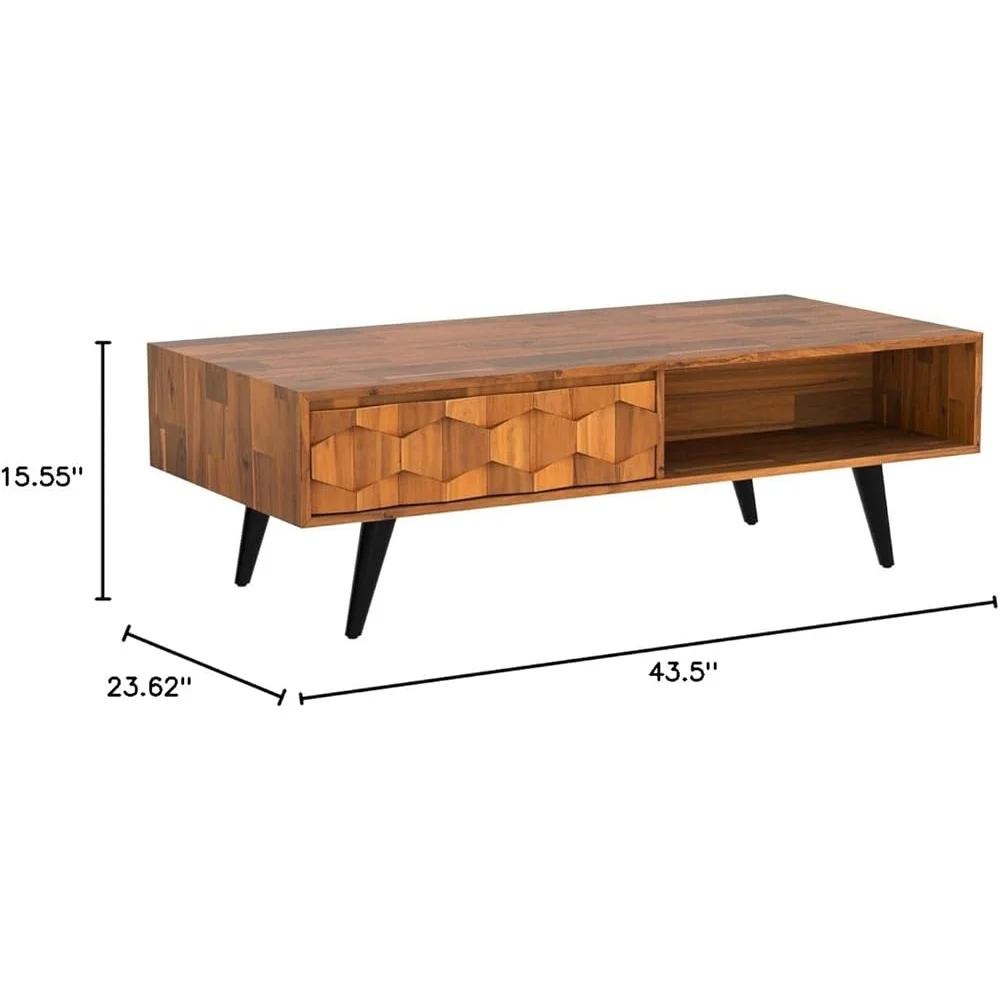Introduction: The Essence of Scandinavian Design in Table Craftsmanship
Scandinavian design represents a perfect marriage of beauty and practicality—a philosophy built on clean lines, functional forms, and natural materials that celebrate simplicity without sacrificing elegance. At its core, this design approach embodies minimalism, functionality, and an appreciation for natural beauty that has profoundly shaped how we conceive and create modern tables today.
The influence of Scandinavian design principles on contemporary table craftsmanship cannot be overstated. This distinctive aesthetic emerged from Nordic countries as a response to their unique environment—where long, dark winters made bright, efficient spaces essential, and where limited resources inspired thoughtful, sustainable creation. These foundational elements have transformed from regional characteristics into global design standards that continue to define what makes a table both beautiful and useful.
The principles that guide Scandinavian table design—functionality without excess, honest materials, and democratic accessibility—have become fundamental benchmarks in contemporary furniture design. Many of today’s most popular intelligent black mid-century coffee tables draw direct inspiration from these time-honored Nordic principles, creating pieces that feel both classic and contemporary.
As we explore this influential design tradition, we’ll uncover how specific key features of Scandinavian furniture have evolved to shape tables that remain as relevant and coveted today as when they first emerged decades ago—proving that true design excellence transcends both trends and time.
The Historical Evolution of Scandinavian Table Design
The journey of Scandinavian design begins in the early 20th century, emerging as a thoughtful response to the region’s unique challenges. The harsh Nordic climate, with its long winters and limited daylight, necessitated interiors that maximized light and created warm, inviting spaces. Simultaneously, resource limitations encouraged efficient use of materials, while democratic social values promoted accessible design for all citizens—not just the wealthy elite.
Early Foundations
The early development of Scandinavian furniture was significantly influenced by broader European movements, particularly Arts and Crafts and Bauhaus. However, Nordic designers developed their distinct approach by emphasizing local craftsmanship and materials, particularly the abundant light woods of the region. Early pioneers began rejecting excessive ornamentation in favor of honest, functional forms that would later define the style.
The Golden Age
The period from the 1930s to the 1970s marks what many consider the “Golden Age” of Scandinavian Modern design. This era saw table design transformed through innovative approaches to form and function. The 1950s exhibition “Design in Scandinavia,” which toured North America, introduced these principles to international audiences and sparked global fascination with Nordic design sensibilities.
During this period, technological advancements in manufacturing allowed designers to experiment with new construction techniques while maintaining their commitment to craftsmanship. The post-World War II era brought new materials and methods that expanded the possibilities for table design while adhering to core values of simplicity and functionality.
The rich history of Scandinavian table design continues to inform contemporary creators, who reference and reinterpret these traditions. Understanding the identifying design eras of vintage tables helps us appreciate how Scandinavian principles evolved from practical regional solutions to universally admired design standards that continue to shape how we envision the perfect table today.
Core Principles: The Scandinavian Design Philosophy Applied to Tables
The enduring appeal of Scandinavian table design stems from fundamental principles that transcend trends and fashion. These core values explain why these tables remain as relevant in today’s homes as they were decades ago.
Minimalism and Simplicity
Scandinavian tables embrace restraint, removing anything unnecessary while preserving essential beauty. This isn’t about austerity but rather thoughtful reduction—stripping away ornamental elements to reveal the inherent elegance of well-proportioned forms. The result is tables with visual clarity that feel light, uncluttered, and timeless.
Form Follows Function
Perhaps no principle better defines Scandinavian table design than the belief that a table’s form should emerge naturally from its intended use. Tables are created to solve specific human needs—dining, working, gathering—and their designs reflect this purposefulness. Beauty isn’t applied as decoration but emerges from honest functionality and thoughtful problem-solving.
Natural Materials
Scandinavian tables celebrate authentic materials, particularly the light woods abundant in Nordic forests:
– Oak: Valued for strength and pronounced grain patterns
– Birch: Offering smooth, pale surfaces with subtle figuring
– Ash: Providing resilience with distinctive grain variations
– Pine: Delivering warmth and accessibility
These materials connect tables to the natural world while bringing organic texture and warmth to interiors.
Craftsmanship and Durability
Quality construction is non-negotiable in Scandinavian table design. Tables are built to last generations through careful joinery, precise engineering, and meticulous finishing. This commitment to durability represents both practical resource conservation and philosophical respect for materials and craftsmanship.
Light and Airiness
Responding to Nordic winters, Scandinavian tables typically feature lighter colors and visual lightness that help spaces feel brighter and more open. Tapered legs, slender profiles, and thoughtful proportions create tables that appear to float rather than dominate a room.
The differences between Scandinavian vs midcentury modern design can sometimes be subtle, as these traditions share certain qualities. However, Scandinavian design typically embraces lighter materials, greater restraint, and more direct functionality compared to its mid-century counterparts, which often feature bolder forms and darker woods.
Democratic Design
Scandinavian design philosophy holds that beautiful, functional objects should be accessible to ordinary people, not just the wealthy. This principle led to thoughtful designs that could be efficiently produced without sacrificing quality or aesthetic value—bringing good design to everyday life.
Distinguishing Features: Characteristics of Scandinavian-Influenced Tables
Scandinavian-influenced tables can be identified through distinct visual and structural characteristics that set them apart from other design traditions. These signature elements make these tables immediately recognizable to the discerning eye.
Clean Lines and Uncluttered Silhouettes
The hallmark of Scandinavian table design is visual clarity—forms reduced to their essential elements without unnecessary embellishment. Edges are often crisp and definitive, creating tables with strong, legible silhouettes that communicate purpose and precision. This clarity doesn’t result in sterility but rather in a refined elegance that feels both sophisticated and approachable.
Organic Shapes and Soft Curves
While embracing clean lines, Scandinavian tables often incorporate subtle organic elements inspired by natural forms. Table edges might feature gentle roundovers rather than sharp corners, and surfaces frequently incorporate soft curves that feel inviting to touch. This balance between geometric discipline and organic warmth creates tables that feel both ordered and human.

Distinctive Tapered Legs
Perhaps no single feature more clearly signals Scandinavian influence than the characteristic tapered leg. Typically angled outward at approximately 15 degrees, these legs create visual dynamism while providing stable support. The tapering—wider at the join, narrower at the floor—creates a sense of lightness that makes tables appear to float rather than merely stand.
Celebration of Wood Grain
Scandinavian tables often feature clear finishes that highlight rather than hide the natural grain patterns of their wood components. This transparency celebrates material honesty—the authentic character of wood becomes an integral design element rather than something to be concealed or homogenized.
Many of our Danish coffee tables exemplify this principle, showcasing the natural beauty of wood grain through minimalist designs that let the material speak for itself.
Functional Innovations
Scandinavian table design frequently incorporates clever functional elements: expandable dining surfaces that accommodate varying numbers of guests, integrated storage compartments that maintain visual simplicity, and modular components that adapt to changing needs. These innovations serve real-life requirements without compromising aesthetic integrity.
Refined Joinery
Connections between components are treated as design opportunities rather than technical necessities. Finger joints, visible tenons, and other joinery methods become visual features that showcase craftsmanship while explaining how the piece is constructed. This transparency about construction methods reflects the honest, forthright values of Scandinavian design.
Design Masters: Influential Scandinavian Designers and Their Table Creations
The evolution of Scandinavian table design has been shaped by visionary individuals whose innovative approaches continue to influence furniture design today. Their unique perspectives and technical innovations established standards of excellence that define what we consider good table design.
Alvar Aalto: Pioneer of Bentwood Innovation
Finnish architect and designer Alvar Aalto revolutionized table design with his pioneering bentwood techniques. His revolutionary L-leg system—created by cutting slits in wood, bending it, and then inserting solid wedges—solved technical challenges while creating visually striking, organic forms. Aalto’s Table 81, with its distinctive birch legs and adjustable top, demonstrates his commitment to combining artistic sensibility with practical innovation.
Hans J. Wegner: The Master of Chairs and Tables
Danish designer Hans J. Wegner, while renowned for his chairs, created equally significant tables characterized by exceptional joinery and organic forms. Wegner’s tables, like the elegant CH327 dining table, showcase his deep understanding of wood properties and traditional craftsmanship elevated through modernist principles. His work demonstrates how technical mastery can create pieces that feel both timeless and distinctly of their moment.
Arne Jacobsen: Sculptural Minimalism
Arne Jacobsen brought architectural precision to table design, creating pieces with sculptural presence and rigorous minimalism. His approach to tables emphasized clean geometries and perfect proportions, often incorporating innovative materials alongside traditional woods. Jacobsen’s tables prove that restraint and simplicity can produce designs with powerful visual impact and lasting relevance.
Børge Mogensen: Democratic Functionality
Børge Mogensen dedicated his career to creating highly functional, accessible furniture for everyday life. His tables embody practical design that addresses real human needs without unnecessary flourishes. Features like his expandable dining tables with intelligent leaf-storage solutions show how thoughtful problem-solving can create designs that improve daily living while maintaining aesthetic integrity.
Those interested in authentic Nordic design elements should explore our guide to identifying Danish-inspired coffee tables to understand the subtle details that distinguish genuine Scandinavian design from mere imitations.
Finn Juhl: Artistic Expression
Finn Juhl brought sculptural artistry to functional tables, creating pieces that blur boundaries between furniture and art. His organic, flowing forms and innovative construction methods produced tables of exceptional beauty and originality. Juhl’s work demonstrates how Scandinavian principles can accommodate artistic expression while maintaining practical functionality.
Poul Kjærholm: Material Innovation
Poul Kjærholm pioneered the elegant integration of steel with natural materials in table design. His precise, architectural approach created tables of exceptional refinement and technical sophistication. Kjærholm’s work shows how Scandinavian design principles can extend beyond traditional materials while maintaining core values of simplicity, honesty, and functional elegance.
Form and Function: Scandinavian Influence Across Different Table Types
Scandinavian design principles adapt beautifully across various table categories, each expressing the same fundamental values while addressing specific functional requirements. This versatility demonstrates how these design principles successfully translate across different scales and purposes.
Dining Tables: Centers for Gathering
Scandinavian dining tables emphasize communal experience through thoughtful design. Often featuring round or oval shapes that promote conversation and connection, these tables combine practical durability with visual lightness. Innovative extension mechanisms allow tables to expand for guests while maintaining sleek proportions during everyday use. The dining table becomes not merely a surface for meals but a gathering place that fosters togetherness through intentional design.
Coffee Tables: Functional Centerpieces
Scandinavian coffee tables exemplify functional simplicity through low, clean-lined forms that serve multiple purposes. Many incorporate subtle storage solutions—shelves, drawers, or compartments—that maintain visual clarity while addressing practical needs. Proportions are carefully considered to complement seating arrangements while facilitating comfortable use. Our collection of mid-century modern coffee tables showcases how these principles create pieces that remain as practical as they are beautiful.

Side and End Tables: Compact Versatility
The Scandinavian approach shines in smaller tables that maximize function while minimizing visual weight. Side tables often feature innovative forms that allow them to tuck partially under seating or nest together when not in use. Their modest scale doesn’t diminish their design integrity—even these smaller pieces reflect the same attention to proportion, material quality, and craftsmanship as their larger counterparts.
Console Tables: Elegant Utility
Scandinavian console tables demonstrate how functional pieces can enhance architectural space through considered design. Typically featuring slender proportions and minimal visual weight, these tables provide essential surface area without overwhelming entryways or narrow spaces. Many incorporate thoughtful storage elements that maintain clean lines while addressing practical needs for organization near home entrances.
Work Tables and Desks: Inspiring Productivity
Scandinavian work surfaces balance aesthetic restraint with practical functionality. Clean lines and uncluttered surfaces create focused environments that support concentration, while thoughtful details—cable management, proportions suited to ergonomic seating, integrated storage—address real working needs. These designs prove that practical work surfaces need not sacrifice beauty or craftsmanship.
Material Honesty: The Craft Elements of Scandinavian-Inspired Tables
The Scandinavian approach to materials reflects a philosophy that celebrates authenticity and connection to nature. This material honesty becomes both a visual characteristic and an ethical position that defines the tradition.
The Primacy of Wood
Wood forms the foundation of Scandinavian table design, with specific species selected for their visual and structural qualities:
- Oak: Valued for strength and distinctive grain patterns that add natural texture
- Ash: Prized for resilience and subtle color variations that age beautifully
- Birch: Beloved for its light color and smooth consistency that supports clean forms
- Pine: Appreciated for affordability without sacrificing authentic character
These woods typically receive treatments that enhance rather than disguise their natural qualities—clear oils and waxes that protect while allowing the material’s inherent beauty to remain visible.
Joinery as Design Element
Construction techniques in Scandinavian tables go beyond mere utility to become expressive elements. Dovetail joints, finger joints, and mortise-and-tenon connections showcase craftsmanship while visually explaining how the piece is assembled. This transparency about construction methods reflects broader values of honesty and straightforwardness in design.
Our collection of solid wood coffee tables demonstrates how these joinery techniques create both structural integrity and visual interest in contemporary pieces.
Thoughtful Material Integration
While wood predominates, Scandinavian tables thoughtfully incorporate complementary materials that enhance function and visual interest:
- Glass elements that create visual lightness and reflect light
- Metal components that provide structural support with minimal visual weight
- Stone or ceramic surfaces that offer durability in specific applications
These material combinations are never arbitrary but always purposeful—each material selected for specific properties that serve the table’s intended function.
Sustainable Approach
Long before sustainability became a global concern, Scandinavian design embraced practices that respected natural resources. Tables were designed for longevity rather than planned obsolescence, constructed from responsibly sourced materials with finishes that could be renewed rather than replaced. This forward-thinking approach to materials reflects both practical resource conservation and deeper respect for natural materials.
Technical Innovation with Traditional Values
Scandinavian table design balances reverence for traditional craftsmanship with openness to new techniques. Innovations in wood bending, lamination, and joinery expand design possibilities while maintaining core values of material integrity and honest construction. This willingness to evolve techniques while preserving fundamental principles keeps Scandinavian design continuously relevant.
Design Comparison: Distinguishing Scandinavian Tables from Other Styles
Understanding how Scandinavian table design relates to other major design traditions helps clarify its unique characteristics and contributions to furniture design. These comparisons highlight what makes Nordic-inspired tables distinctive in the broader design landscape.
Scandinavian vs. Mid-Century Modern
While often mentioned together and sharing certain qualities, Scandinavian and Mid-Century Modern tables have distinct characteristics:
- Material Preference: Scandinavian design favors lighter woods like oak, ash, and birch, while Mid-Century Modern often employs darker woods, particularly walnut
- Visual Weight: Scandinavian pieces typically appear lighter and more ethereal than their sometimes more substantial Mid-Century counterparts
- Ornamentation: Scandinavian design embraces greater restraint, while Mid-Century Modern may incorporate more decorative elements and bolder forms
These traditions share important values—functionality, honest materials, clean lines—but express them with different visual languages.
Scandinavian vs. Industrial
The contrast between Scandinavian and Industrial table design reveals fundamentally different approaches to materials and aesthetics:
- Material Philosophy: Scandinavian design emphasizes natural materials and organic warmth, while Industrial design celebrates manufactured elements and mechanical processes
- Visual Impression: Scandinavian tables create soft, inviting impressions, while Industrial pieces often project deliberate ruggedness
- Finishing: Scandinavian design typically features refined, smooth surfaces, while Industrial often highlights raw materials and visible connections
Our guide to styling black mid-century coffee tables offers insights on incorporating elements from different traditions while maintaining design coherence.
Scandinavian vs. Traditional Styles
The departure from historical ornamentation marks a key distinction between Scandinavian and Traditional table design:
- Decorative Approach: Scandinavian design rejects applied decoration in favor of structural elegance, while Traditional styles often incorporate carved details, complex profiles, and surface embellishments
- Visual Complexity: Scandinavian tables embrace visual clarity and reduction, while Traditional pieces may feature more elaborate forms and details
- Historical Reference: Scandinavian design looks forward rather than backward, while Traditional styles often explicitly reference historical precedents
Scandinavian vs. Japandi
The emerging Japandi style represents a fascinating fusion of Scandinavian and Japanese design principles:
- Shared Values: Both traditions value simplicity, natural materials, and craftsmanship
- Color Palette: Scandinavian design often incorporates more color, while Japanese influence brings deeper neutrals and greater contrast
- Spatial Philosophy: Japandi embraces the Japanese concept of negative space (ma) more explicitly than pure Scandinavian design
This comparison demonstrates how Scandinavian principles can harmoniously integrate with other minimalist traditions while maintaining their distinctive character.
The Enduring Legacy: Why Scandinavian Design Continues to Shape Modern Tables
The continued relevance of Scandinavian design in contemporary table creation speaks to the timeless quality of its core principles. Far from a historical footnote or passing trend, these design values continue to inform and inspire furniture makers around the world.
Timeless Appeal of Core Principles
The fundamental values of Scandinavian design—simplicity, functionality, and natural beauty—transcend era-specific aesthetics. These principles address enduring human needs and desires rather than momentary fashions. Tables designed with these values respond to how people actually live and what they genuinely appreciate in the objects around them. This focus on essential human experience ensures continued relevance regardless of changing trends.
Adaptability to Contemporary Contexts
Scandinavian design principles have proven remarkably adaptable to evolving interior styles. The clean lines, honest materials, and functional clarity of Scandinavian-inspired tables complement diverse design approaches from minimalist to eclectic. This versatility allows these pieces to enhance various settings without dictating overall aesthetic direction—they play well with others while maintaining their distinctive character.

Alignment with Modern Values
Early Scandinavian designers’ focus on sustainability, quality materials, and durable construction anticipated contemporary concerns about environmental impact and thoughtful consumption. As consumers increasingly seek furniture with ethical production, lasting value, and authentic materials, Scandinavian design principles offer a proven approach that aligns with these priorities. What began as regional pragmatism now resonates as global responsibility.
Our collection of black mid-century modern coffee table styles demonstrates how Scandinavian influences continue to shape contemporary interpretations of classic forms.
New Nordic Interpretations
Contemporary designers continue to reinterpret Scandinavian principles for today’s needs while maintaining core values. Modern manufacturing technologies allow for innovative approaches to traditional forms, while new material combinations expand possibilities within the established aesthetic framework. These “New Nordic” interpretations demonstrate that Scandinavian design remains a living tradition rather than a historical artifact—continually evolving while preserving essential qualities.
Global Recognition
The international design community continues to acknowledge Scandinavian contributions through museum exhibitions, design education, and market demand for both vintage and contemporary pieces. This sustained recognition confirms that Scandinavian design represents not merely a regional style but a significant philosophical approach to creating objects that enhance human experience through thoughtful design.
Bridging Traditions: How to Incorporate Scandinavian Tables in Modern Interiors
The versatility of Scandinavian-inspired tables allows them to enhance diverse interior styles. Their clean lines and honest materials create harmonious connections across design traditions, making them remarkably adaptable to various spaces and preferences.
Selecting the Right Table for Your Space
When choosing a Scandinavian-influenced table, consider both functional requirements and aesthetic harmony:
- Scale appropriately: Measure your space carefully to ensure proportional balance—Scandinavian design emphasizes proper scaling rather than imposing presence
- Consider traffic flow: Select shapes that complement your living patterns (round tables for conversation, rectangular for defined spaces)
- Evaluate material context: Choose woods that dialogue with existing elements in your space
- Assess functional needs: Identify specific requirements (expandability, storage, multi-purpose use) that your table should address
The right Scandinavian-inspired table should feel like it naturally belongs in your space while effectively serving its intended purpose.
Complementary Design Elements
Scandinavian tables pair beautifully with elements that share their values of simplicity and authenticity:
- Textiles with organic textures and subtle patterns
- Lighting that provides warm, diffused illumination
- Natural materials like wool, linen, ceramics, and leather
- Selective decorative objects that follow “fewer but better” philosophy
These complementary elements enhance the table’s presence without competing for attention or disrupting its clean lines.
Mid-Century Modern Solid Wood Coffee Tables, Mid-Century Modern Teak Coffee Tables
$879.95 Select options This product has multiple variants. The options may be chosen on the product pageMid-Century Modern Danish Coffee Tables, Mid-Century Modern Oval Coffee Tables, Mid-Century Modern Solid Wood Coffee Tables
$390.05 Select options This product has multiple variants. The options may be chosen on the product pageMid-Century Modern Coffee & End Table Sets, Mid-Century Modern Coffee Table Sets, Mid-Century Modern Oval Coffee Tables
Price range: $257.48 through $331.04 Select options This product has multiple variants. The options may be chosen on the product pageMid-Century Modern Glass Top Coffee Tables, Mid-Century Modern Glass Top Side & End Tables
$460.58 Select options This product has multiple variants. The options may be chosen on the product pageMid-Century Modern Glass Top Coffee Tables, Mid-Century Modern Vintage Coffee Tables, Mid-Century Modern Vintage Side & End Tables
$725.36 Select options This product has multiple variants. The options may be chosen on the product pageMid-Century Modern Lift Top Coffee Tables, Mid-Century Modern Square Coffee Tables
$454.73 Select options This product has multiple variants. The options may be chosen on the product page
Mixing with Other Furniture Styles
Scandinavian tables have remarkable ability to bridge different design traditions:
- Their clean lines complement contemporary pieces without creating visual discord
- Their warm materials soften minimalist interiors without compromising simplicity
- Their honest construction resonates with traditional craftsmanship while avoiding stylistic conflict
This adaptability makes Scandinavian-inspired tables ideal anchoring pieces that help unite eclectic interior collections.
Our walnut coffee tables demonstrate how Scandinavian principles can be expressed through different wood species while maintaining core design values.
Care and Preservation
Maintaining Scandinavian tables requires understanding their material qualities:
- Regular dusting with soft cloths prevents abrasion
- Occasional application of appropriate oils or waxes nourishes wood
- Immediate attention to spills prevents staining or warping
- Placement away from direct sunlight prevents uneven fading
Proper care ensures these pieces develop beautiful patinas that enhance their character over decades of use.
Universal Appeal Across Interior Styles
Scandinavian tables enhance various interior approaches:
- Minimalist spaces: They provide warmth without disrupting clean simplicity
- Eclectic interiors: They create grounding elements amid more diverse pieces
- Traditional rooms: They introduce contemporary lightness while respecting craftsmanship values
- Industrial settings: They soften harder elements with organic materials and forms
This versatility across styles demonstrates the universal appeal of thoughtful design that prioritizes both beauty and function—the enduring legacy of Scandinavian table design that continues to shape how we live with and appreciate tables today.
At Hearth Forms, we celebrate this timeless tradition through our carefully curated collections that honor authentic design principles while meeting contemporary needs.







